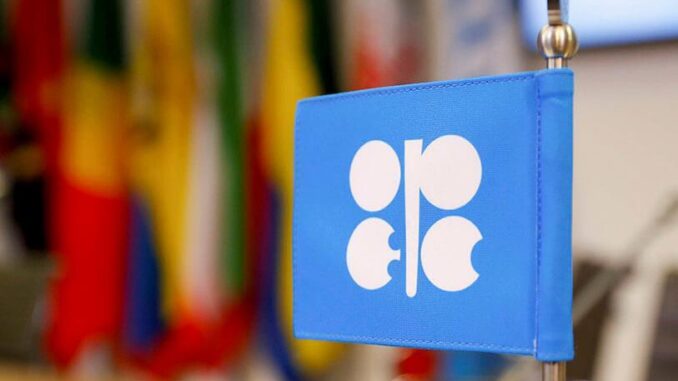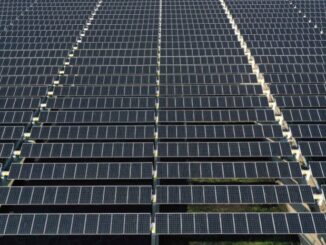
Saudi Arabia’s revenues are expected to increase this year due to the high oil prices that will be generated by the reduction in crude oil production by several OPEC countries and Russia from May onwards. Saudi Arabia announced that it will cut its production from May until the end of the year by about 500,000 barrels per day.
A large and prolonged rise in oil prices could damage the economies of households and businesses as they face higher energy costs.
High oil prices could further slow growth in the West. With underlying inflation, uncertainty in the markets following the failure of Silicon Valley Bank, Signature Bank in the United States and Credit Suisse in Switzerland, an abusive increase in oil prices could severely hurt Europe, especially since its main energy supplier, Russia, no longer supplies it with gas and oil in large quantities.
However, IMF forecasts show inflation in 2023 falling to 7% globally due to lower commodity prices. Inflation in Saudi Arabia is forecast to be 2.8% in 2023.
As the IMF graph shows, Europe will grow the least in 2023, reaching only 0.8% overall. However, the countries of the East and Central Asia, in 2023, will grow by 2.9%.

According to the April report of the IMF’s World Economic Outlook, Saudi Arabia’s GDP will be 3.1%. Thus, it will be more than 5% lower than in 2022. This is due to the global economic downturn predicted by the IMF.
Even if the decline in production slows down and prices do not increase significantly in the end, private investments in the Gulf country are expected to keep the economy afloat. For years, the country has been diversifying its sources of income away from a long-term dependence on oil to restructure its local economy.
In 2022, 4% of Saudi Aramco’s shares, valued at around 80 billion euros, were transferred to the sovereign wealth fund PIF Investment in order to improve the fund’s investment capacity.

The Vision 2030 strategy, launched by Crown Prince Mohammed bin Salman, identified twelve sub-sectors for investment worth a total of some 227 billion euros. It aims to attract investors worth 1.4 trillion rials and to double industrial GDP by increasing the number of industrial companies to 36,000. To achieve industrial diversification, the country’s new National Industrial Strategy aims to encourage privatisation, attract foreign investment, increase investment and research, and create local jobs. The sectors it prioritises are mainly chemicals, plastics and rubber conversion, food, renewable energy, aviation (civil and military), automobiles, pharmaceuticals, medical devices and supplies, military and construction equipment, machinery and mining. Saudi Arabia’s Minister of Industry and Mineral Resources stated that they want to attract $32 billion in investment for the mining sector. In addition, the crown prince wants to turn the country into a logistics hub with an integrated transport and logistics infrastructure plan to expand economic activity across the country.
The new strategy is already bearing fruit and, according to the Saudi Minister of Information and Communication Technologies, Abdullah Alswaha, the Kingdom has already attracted more than 9 billion dollars in investments in new technologies. Microsoft will invest $2.1 billion in a Global Cloud, while Oracle has committed $1.5 billion to build a new Regional Cloud in Riyadh. Thus, the country’s economic diversification will be truly tested this year as crude oil production declines consider.
ENB Top News
ENB
Energy Dashboard
ENB Podcast
ENB Substack



